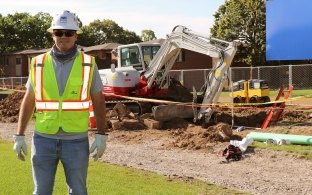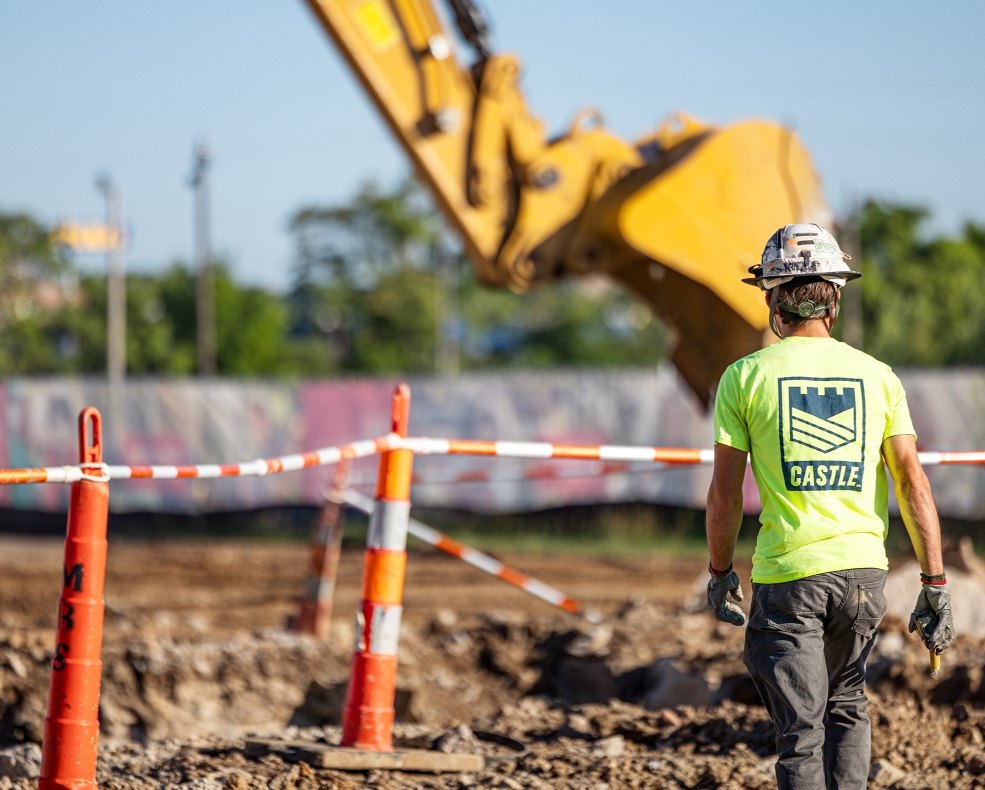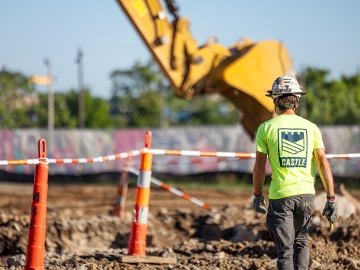How New Construction Safety Technology Is Saving Lives
Through on-site safety training and investments in safety gear, the construction industry has improved site safety exponentially over the years. Of course there is always room to improve, and new construction safety technology is constantly pushing the envelope.


Through on-site safety training and investments in safety gear, the construction industry has improved site safety exponentially over the years. Of course there is always room to improve, and new construction safety technology is constantly pushing the envelope.
The Need for Safety Innovation
Construction remains one of the most dangerous occupations. The industry accounted for roughly a quarter of all workplace deaths in 2022. Construction's fatal injury rate, 1.63 per 100,000 workers, ranks as one of the worst in the country and is nearly double similar occupations, such as transportation and manufacturing.
Trenching deaths are driving an increase in fatalities in 2021 and 2022. OSHA announced the confirmed deaths of 35 workers due to trenching and excavation accidents, more than double the 2021 total and a 60% increase on the annual average between 2011 and 2018.
Related: How We Build a Construction Safety Culture
How Is Technology Affecting Construction Site Safety?
Technology contributes to new safety solutions that reduce the risk posed to craft professionals. Long-term safety improvements will require a combination of processes and technology, ranging from droves to wearables to hard hats. These are just a few ways the jobsite is getting safer.
Wearable safety technology – Smart watches and other industry-specific wearable devices are generating reams of data that can be used to monitor individual health and gauge site-wide issues. Smartwatches, for example, can alert team members of heat-related issues based on changing heart and respiratory rates or elevated skin temperatures.
Wearable tech can also tie into a central app, allowing managers to account for all team members, potentially spotting dangerous situations before disaster strikes. Other tech, like air-quality sensors, can detect and alert workers to harmful toxins or even radiation to trigger emergency procedures. When accidents happen, these devices can quickly locate accident victims and accelerate emergency service response time.
Drones in construction – Drones have already made site inspections safer. These nimble aerial devices reduce the need to work at elevation, which reduces fall risks and other on-site hazards.
Drones are also used to survey site operations; mapping the job site as often as needed to keep workers and drivers aware of the changing landscape.
New hard hat technology – Construction hard hats are the symbol of the industry, and went unchanged for decades, despite their shortcomings. Hard hats work well against a single direct impact but don't account for the rotational impact suffered in most accidents. New foam-based hard hat technology can help to reduce rotational force, minimizing brain injury across a broader range of impacts.
Building a Safer Construction Industry
Organizations like Castle are leveraging technology, training and real-world feedback from our team members to make sure everyone heads home at the end of the day.
We're committed to making safety the primary goal of every team member on every jobsite across the country. If you're dedicated to building a safer construction industry, explore our open positions today.









